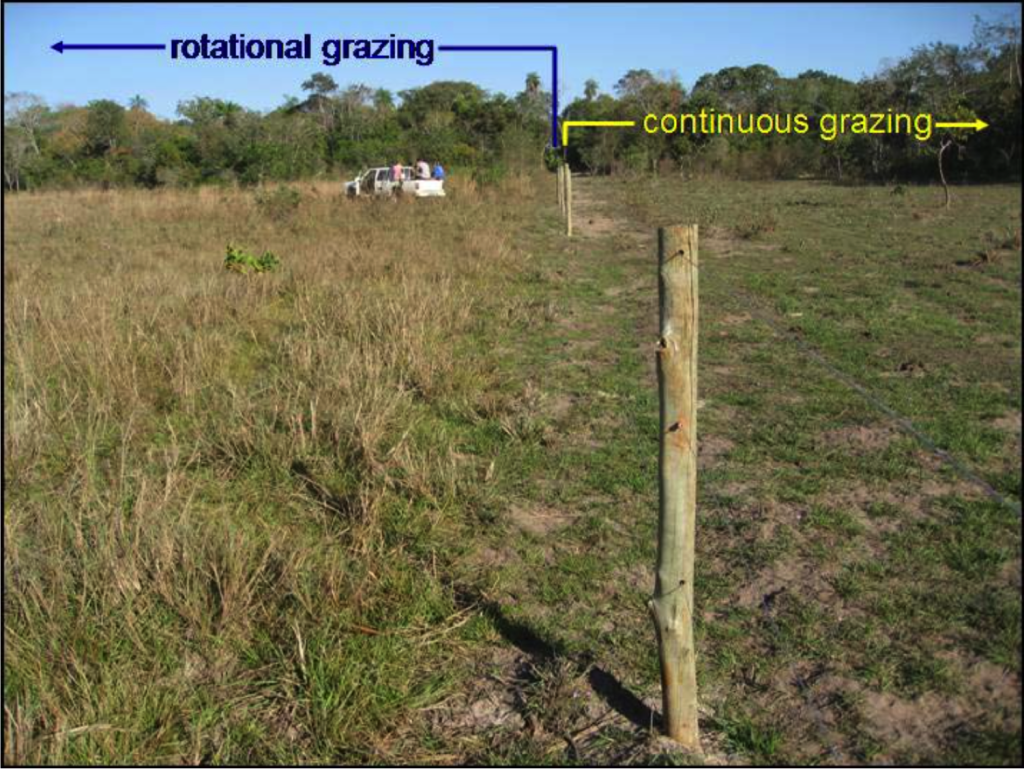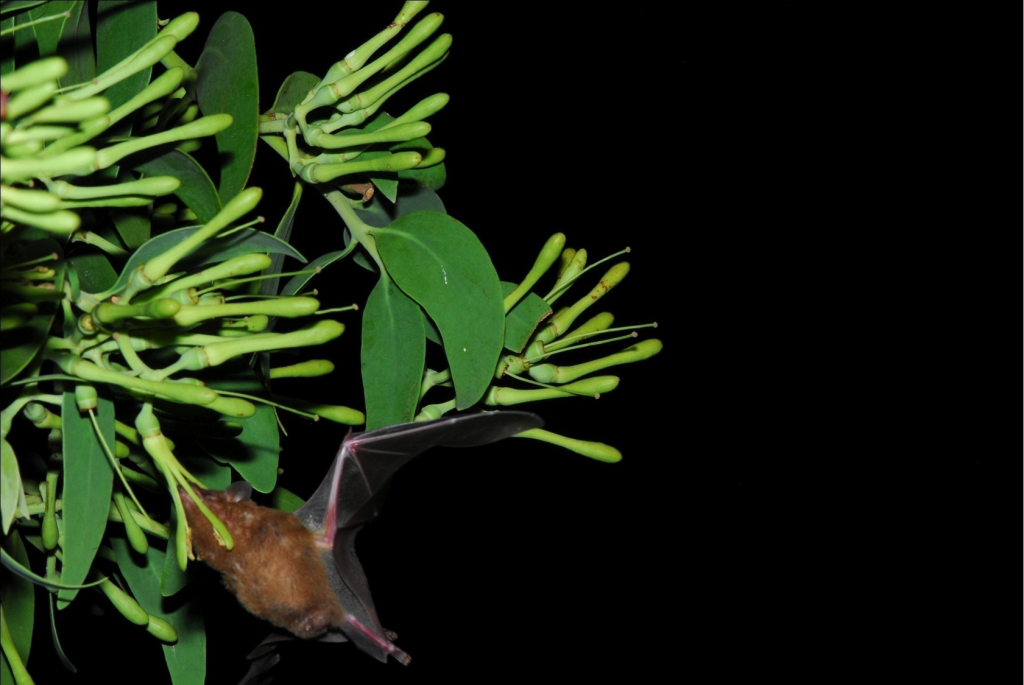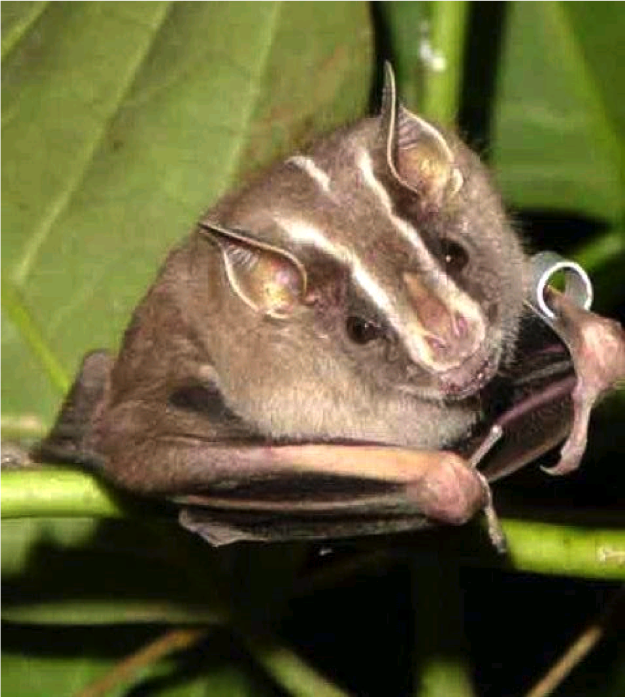
The effects of livestock and land use change on bat communities: structure, composition and changes in functional groups and ecosystem services
The overall aim of this project is to gain a better understanding of the effects of livestock and land use change on wildlife in Pantanal Wetland, Brazil. For the historically very large properties of the Pantanal, which had a range of native pasture types and low cattle densities, the continuous grazing system was economically and environmentally sustainable. Due to divisions among heirs and a variety of economic factors, present-day properties are smaller and require higher cattle densities to be economically viable. Continuous grazing on these smaller, high-cattle-density properties is consistently associated with uneven use of available pasture. Our main aim is propose the cattle rotation grazing system as form of management developed to ensure better efficiency in the use of forage pasture area and emphasize how this system could be better for wildlife species. We have been using normalized difference vegetation index (NDVI) for classifying vegetation and bat assemblages in order to answer our questions because bat species richness, number of rare bat species, and the bat diversity index were positively correlated with the vegetation scores, and relative abundance of the most abundant bat species was negatively correlated with vegetation scores.
This project is being conducted in collaboration with Erich Fischer (Federal University of Mato Grosso do Sul State, Brazil), Alexine Keuroghlian and Donald Eaton (WCS-Brazil).



